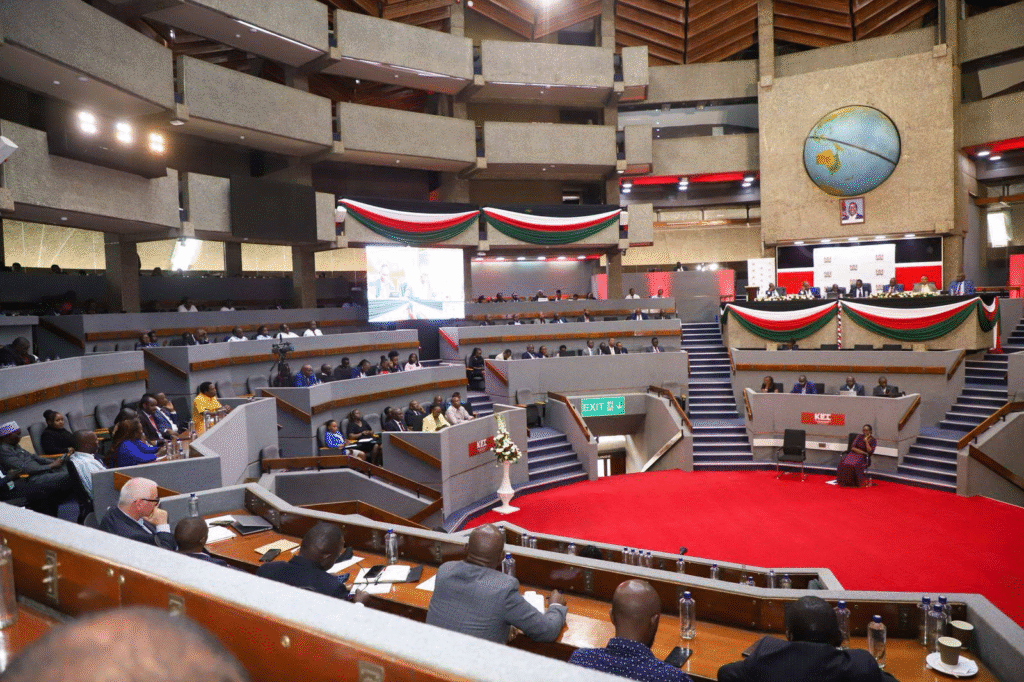Kenyans’ demands for better roads face a stark reality as the State Department for Roads struggles with a tight budget for the 2026–2027 financial year.
Officials say that while the recurrent budget stands at 73.8 billion shillings, slightly below the 74.5 billion shillings needed to keep operations running, the development budget is even more constrained. The department requested 413 billion shillings for development but received only 158 billion shillings.
The funding gap comes at a sensitive time. Citizens have been voicing frustrations over deteriorating road conditions and questioning the quality of work by contractors.
According to officials, roads that require fourteen million shillings may only receive two million. Resources such as gravel are spread thin, and in some cases only limited sections can be maintained effectively.
Despite these challenges, the roads and transport sector plans an ambitious rollout over the medium term. The programme includes constructing more than eighteen hundred kilometres of new roads, rehabilitating five hundred and fifteen kilometres, and carrying out routine maintenance on over seventy-eight thousand kilometres of existing roads. Officials stress that innovation in financing is critical for the sector to meet its objectives.
Public-private partnerships are being promoted as a solution to the funding shortfall.

The government has also established an infrastructure fund, encouraged by President William Ruto, to mobilise private sector resources. Officials argue that projects such as ten thousand kilometres of roads and ten thousand megawatts of energy cannot rely solely on government funds.
The message from the State Department for Roads is clear. Sustained investment in transport infrastructure is essential to unlock economic growth, support trade, and improve connectivity.
Without adequate funding and innovative approaches, efforts to maintain and expand Kenya’s road network may continue to fall short of public expectations.